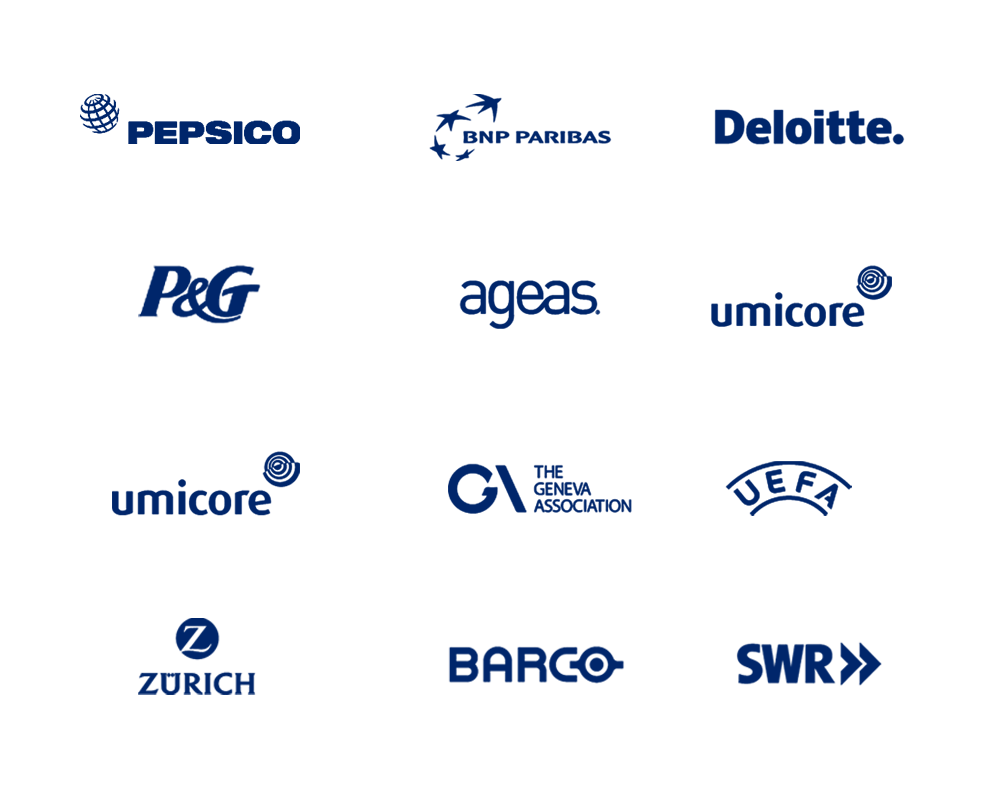Navigating Uncertainty: What Businesses Need to Know
In times of chaos, we often feel confused, vulnerable, and afraid of losing control. Our natural inclination is to cling tightly to what we believe we can fix, but this leaves no space for new opportunities to arise. It is widely recognized that the external environment significantly impacts businesses and their decision-making processes.

When faced with unpredictable events, businesses tend to react out of fear, but uncertainty can also present growth opportunities. Although it may not seem like it at first, the solution is within reach even amidst the storm.
The four types of business uncertainty
In business, uncertainty refers to situations where risks cannot be predicted or measured. This can make it difficult to determine the best course of action for the company. Changes in politics, economics, technology, and the environment, such as natural disasters or new regulations, can contribute to uncertainty. When making decisions about business strategy, it is important to understand uncertainty.
Some companies made quick decisions in the past due to the fear of falling behind in the industry or refraining from challenging the norm. However, becoming too comfortable can lead to failure as customers seek new and relevant products.
For instance, Kodak, a leader in photographic equipment, failed to adapt to the digital revolution, fearing it would cannibalize its main products. Despite having several opportunities to pivot towards digital, hesitancy to embrace it led to their downfall. Meanwhile, competitors like Canon took a leap of faith and thrived. Kodak eventually filed for bankruptcy in 2012 and re-emerged in 2013 as a smaller company focused on commercial customers. Nowadays, a business strategy like Kodak's is no longer beneficial.
So, what makes for a good strategy in a highly uncertain business environment? To determine the best strategy, it is important to understand the type of uncertainty you are facing.
Business uncertainty can be classified into four levels based on the severity of the situation. Hugh Courtney, Patrick Viguerie, and Jane Kirkland discussed this in their article "Strategy Under Uncertainty" in the November-December 1997 issue of The Harvard Business Review. Their framework is designed to help companies handle uncertainties in business environments effectively.
By doing so, companies can move away from traditional, risk-averse, mitigation-focused models and embrace emerging technologies to drive innovation and competitive strength.

Level 1: A Predictable Future
At Level One, it is possible to make predictions about important factors that impact a company's performance with reasonable accuracy. These situations are considered routine business occurrences, and the future can be predicted. This allows business owners to maintain their dominant strategy using a single forecast and basic simulations without worrying too much about uncertainties.
Level 2: Alternate Futures
When operating at this level, companies encounter various specific situations, including legislative requirements, actions taken by their competitors, and changes in regulations. This causes some uncertainty, making it difficult to predict which outcome will occur accurately. Therefore, it's important to utilize effective scenario planning, which can be adjusted accordingly if circumstances change unexpectedly. By doing so, companies can make informed decisions and successfully navigate complex situations.
Level 3: A Range of Futures
Level three differs from level two in that the outcomes are not limited to specific options but rather fall within a broad range, making it difficult to assign probabilities to them. For instance, a well-established business that wants to adopt new and emerging technology may face challenges. There may not be enough specific data to provide crucial information such as long-term return on investment (ROI) or cost-benefit analysis. As a result, they may have to deal with high levels of uncertainty.
Level 4: True Uncertainty
Uncertainty of this kind is uncommon and can have catastrophic consequences if it occurs. The events, at this level, are also known as "Black Swans" and are characterized by the unknown or unknowable probability of their occurrence.
Nassim Nicholas Taleb popularized this term in his book The Black Swan: The Impact of the Highly Improbable, published in 2007. These unpredictable and rare events have significant economic, technological, or social implications. The dot-com bubble burst in 2001 is a frequently cited example of a black swan event. The sudden collapse of internet-based businesses led to a country-wide recession resulting from seemingly harmless investments in a promising new field.
It is challenging to predict future outcomes in such situations as there is a lack of data to establish a range of potential outcomes or probability scenarios, making it difficult for companies to analyze and make strategic decisions.
However, there are also "Grey Swans" that companies may be aware of but not take seriously enough despite the potential for severe, far-reaching consequences. The Covid-19 pandemic is an example of this type of event. Pandemics are a rare but known risk as they can have dramatic and transformative effects on the economy and society. History has shown this with pandemics such as the Justinian Plague, the Black Death, and the Spanish flu.
How to manage uncertainty

Preparing for the future, even amidst uncertainty, is crucial. Embracing the unknown can lead to identifying opportunities and gaining an advantage over competitors. As author Frank Knight noted in his book Risk, Uncertainty and Profit, embracing business uncertainty is necessary for profits.
It's important to understand that uncertainty does not always have to be dreaded or eliminated. Learning how to manage it can lead to lasting value generation. Business leaders must develop strategies to operate sustainably in an unstable environment. This is an opportunity to create innovative solutions and discover new market opportunities by shifting priorities toward generating new value from the unknown.
Companies don't need to change themselves to benefit from uncertainty completely. Improving the ability to detect signals, making quick decisions, and adopting practices that foster resilience can lead to greater success.
Embracing business uncertainty is necessary for profits.
Why communication is key
For a business to thrive, it takes more than just strong leaders. Investing in education and training is essential to create a corporate culture where challenges and problems are viewed as opportunities instead of failures.
Clear and effective communication is crucial during times of uncertainty to ensure the company runs smoothly. Focusing on internal and external communication is important to keep staff, stakeholders, and customers informed.
The team can work towards success by acknowledging uncertainties and brainstorming solutions together. It’s the sense of togetherness that helps with growth in a company. Building strong customer relationships will also help increase brand loyalty during tough times.
Investors and stakeholders should be informed of operating plans, and any concerns or questions should be addressed professionally and promptly.
In conclusion, transparent communication is key to building trust within the team and maintaining positive client relationships even when faced with the unknown. Being prepared can minimize the damage it can do to your business.
How to avoid playing catch-up
Although forecasting and analyzing trends is not new, it remains an essential process for many companies. Trend forecasting helps organizations anticipate what their customers will want in the future and is a crucial part of their innovation processes. However, trends in customer behavior and technological innovation are evolving at a pace that many organizations find challenging to keep up with. Therefore, spotting and acting on movements before anyone else is crucial. It gives businesses a competitive edge and enables them to create a profitable innovation strategy.
Organizations must embrace change and stay ahead of the game instead of playing catch-up. That is why business strategies need to implement a culture of acting on shifts and trends. Identifying trends before they take off in the marketplace is an obvious advantage for any business. However, knowing when a trend is fading is essential, allowing businesses to withdraw smartly.
Where Trendtracker steps in
Finding trends based on data and science puts aside personal biases and expectations when analyzing data and recognizing market shifts and changes. While it is difficult to spot valuable trends worth following and investing in, numerous analytic engines can do the heavy lifting when it comes to data aggregation and analysis. Repeatedly exercising one's skills in locating and interpreting new trends enhances their accuracy.
The intelligence platform Trendtracker delivers AI and data-driven strategy insights and predictions to executives and their teams. It enables strategic planners and innovation managers to monitor, search, and score trends visually, selecting the most relevant information to augment decision-making. While thoroughly going through data takes time, using technology can come in handy, saving precious time and providing accurate information on trends.
The proprietary models and tools developed by Trendtracker can provide detailed and tailored trend insights and strategic intelligence. The platform equips senior leaders from leading companies with comprehensive insights, predictions, and action suggestions to quickly and confidently make AI-supported decisions that drive growth, improve operations, and beat the competition.
The future of an organization's profitability and sustainability depends on many factors, some beyond its control. However, being in the right place at the right time is priceless.




.jpg)










